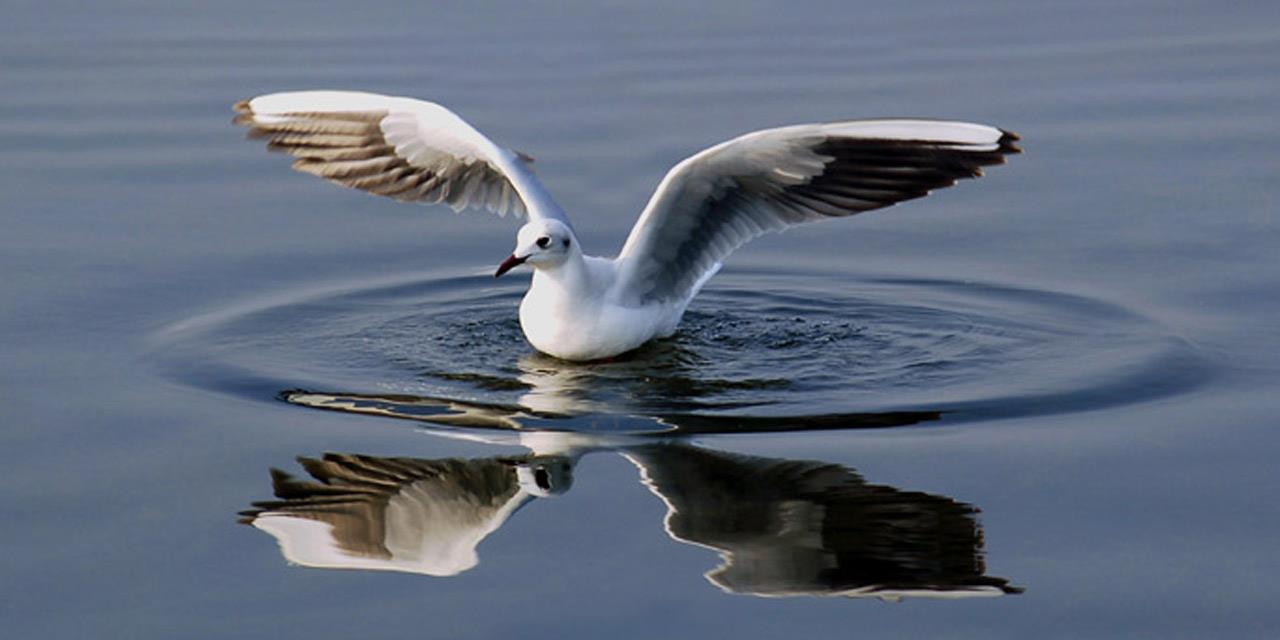
02-Jun-2025 12:00 PM
🐦Rare Bird
Sighting at Nalsarovar Bird Sanctuary: Sabine’s Gull Returns to India
🗓 Date Spotted: June 2, 2025
A Rare Visitor Returns After Over a Decade
In
a delightful surprise for bird watchers and wildlife lovers, the Sabine’s
Gull, a rare Arctic seabird, has been spotted at the Nalsarovar Bird
Sanctuary in Gujarat. This marks the first recorded sighting of the bird in
India since 2013, when it was previously seen in Kerala. The news has sparked
excitement among ornithologists and conservationists across the country.
🌿About Nalsarovar Bird Sanctuary
Location and Geography
· Located in Gujarat, about 64 km from
Ahmedabad
· Natural shallow lake with muddy lagoons
and 360 islets
· Covers an area of 120.82 sq. km
· Declared a bird sanctuary in 1969
·
Recognized
as a Ramsar site in 2012 due to its ecological importance
·
Originated in the 15th century due to a dam on the Sabarmati
River
·
Initially used for irrigation and drinking water
·
Recognized by the British and then the Gujarat
government
·
Now a haven for over 250 bird species and various wild
animals
·
48 species of algae
·
72 species of flowering plants
·
Common plants: Cyperus, Scirpus, Typha, Vallisneria,
Ruppia
Greater Flamingos at Nalsarovar
·
Birds: Flamingos, pelicans, cranes, ducks, herons,
storks, sarus cranes, spoonbills, and many others
·
Other animals: Wild ass, mongoose, jungle cat, jackal,
fox, wolf, hyena
❄️ About Sabine’s Gull (Xema sabini)
The
Sabine’s Gull (Xema sabini), also known as the fork-tailed gull
or xeme, is a small seabird with a unique appearance:
·
Features: Grey back,
black-tipped wings, forked white tail
![]() IUCN Status: Least Concern, though
rarely seen in India.
IUCN Status: Least Concern, though
rarely seen in India.
![]() Last seen in
India in 2013 (Kerala) before the 2025 Gujarat sighting
Last seen in
India in 2013 (Kerala) before the 2025 Gujarat sighting
🛡️Why This Sighting Matters
The
reappearance of Sabine’s Gull after 11 years signals the ecological richness
and global importance of Indian wetlands like Nalsarovar. Such sightings help
scientists track migration patterns and environmental changes, emphasizing the
need for stronger wetland conservation policies. Encourages better tracking of
bird migration patterns.
MCQs
Q1. Where is Nalsarovar Bird Sanctuary
located?
A. Rajasthan
B. Madhya Pradesh
C. Gujarat ✅
D. Maharashtra
Q2. Which river’s check dam led to the
formation of Nalsarovar lake?
A. Narmada
B. Tapi
C. Sabarmati ✅
D. Mahi
Q3. When was Nalsarovar declared a
Ramsar Site?
A. 1999
B. 2005
C. 2012 ✅
D. 2020
Q4. What is the IUCN status of Sabine’s
Gull?
A. Endangered
B. Vulnerable
C. Near Threatened
D. Least Concern ✅